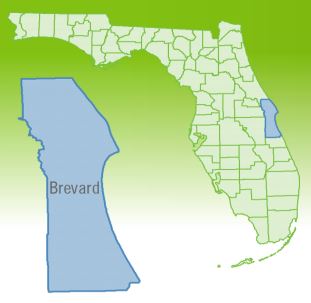Rental Demand Growth
Trending: Data Show Continued Growth in Rental Demand
In terms of unfinished apartments the three-month absorption rate increased to 70 percent in 2012Q3 after posting a reading of 59 percent during the second quarter. Over the past four quarters the absorption rate has averaged nearly 63 percent –the best performance since mid-2005. Completions picked up significantly from the previous quarter totaling 26600 units which was the highest level of newly-built units since mid-2010.
The condo and co-op sector has seen the 3-month absorption rate trend higher from the cyclical lows observed between late 2008 to mid-2010. The three-month absorption rate for units completed during the second quarter of 2012 and sold during the third quarter inched higher from 65 percent to 66 percent. Over the past four quarters the absorption rate has averaged nearly 64 percent marking the highest reading in five years. Despite the improved absorption rate the condo/co-op market continues to struggle as completions reached a new recorded low as only 1100 units were completed during the second quarter of 2012. This represents a 96 percent drop in production compared to the peak. Leaner inventories should bolster condo and co-op construction activity going forward but we expect these units will maintain a diminished share of overall 5+ multifamily production.
In addition to these data SOMA allows one to track the particular types of multifamily units that are completed in a given quarter. After making up an average of nearly one-third of completions in the previous four quarters Low-Income Housing Tax Credit (LIHTC) and other types of affordable housing units accounted for approximately 17 percent of completions during the second quarter.
The SOMA data illustrate the importance of the LIHTC program in terms of supporting multifamily construction activity job creation and providing affordable housing during the housing market downturn. Two policy changes helped to ensure that LIHTC-related production did not suffer during 2009 and 2010.
First the LIHTC exchange program enacted by the 2009 American Recovery and Reinvestment Act stimulus legislation ensured equity was available for the LIHTC program. Second the 2008 Housing and Economic Recovery Act temporarily fixed the LIHTC new construction credit at a 9 percent rate (absent the legislation the credit rate would be at approximately 7.4 percent today resulting in less affordable housing investment funding).
This second item is important to note because the fixed 9 percent rate has effectively expired and efforts are underway to ensure that it is extended and prevents a drop-off in LIHTC multifamily construction activity.






